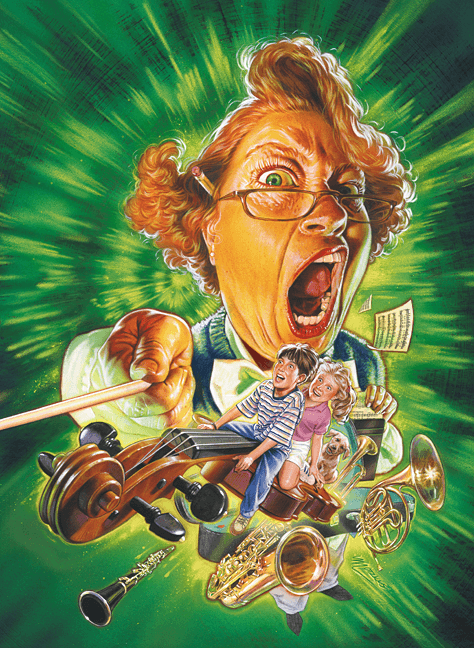We caught up with the brilliant and insightful Roger Motzkus a few weeks ago and have shared our conversation below.
Roger, thanks for taking the time to share your stories with us today How did you learn to do what you do? Knowing what you know now, what could you have done to speed up your learning process? What skills do you think were most essential? What obstacles stood in the way of learning more?
I have always loved drawing from when I was a child, mostly cartoons in style. I had a very good High School instructor that fueled my desire to learn. I also got a bachelors in Fine Art. However, with that foundation in place perhaps my best learning was seeking out “mentors” that were doing what I wanted to do and doing what I had to do to learn from them. This included traveling to other states to visit them in their studio.
I’m not sure there is much I could have done to speed up the process – short of having better access to top illustrators. But the more time one puts in, the greater the rewards.
The most important skills are learning traditional art skills, including how to render light falling on Form using various tools and mediums, design principles and color. Particularly in this digital age, these skills have become a lost art by letting software do the thinking.
Not knowing what one doesn’t know is a big hindrance, that’s why it’s so important to have good teachers and mentors to point the way. One’s financial circumstances can surely hinder, too. The “starving artist” stereotype can be real, one of the best artists I know had to chose between food and paint. He chose paint and ended up being hospitalized for malnutrition. Lack of drive is a huge obstacle. If one is not self-driven to learn they are less likely to reach their goals.
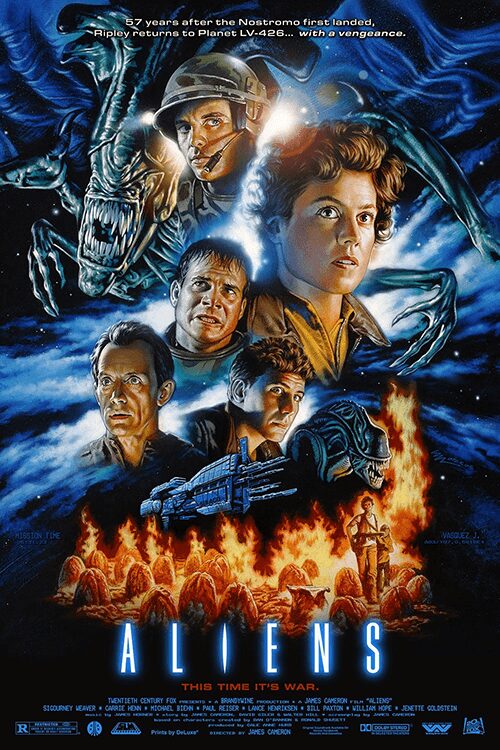

As always, we appreciate you sharing your insights and we’ve got a few more questions for you, but before we get to all of that can you take a minute to introduce yourself and give our readers some of your back background and context?
While in college I was able to work as a layout and storyboard artist for television animation, including episodes produced by Marvel and Teenage Mutant Ninja Turtles. This allowed me to learn how to be professional, meet a deadline and work under an Art Director. My dream was to do movie posters, but I had to take whatever illustration commissions came along. After college I started by contacting local places that hired art talent and I published my portfolio in source books for illustrators. After building a working track record I was able to get an artist Rep in both New York and Los Angeles. Those resources allowed me to get commissions and develop my style and reputation. Once I had done some very high-profile projects, it allowed me to stay busy as an illustrator.
I believe what set me apart was my ability to work in a variety of art markets. My work has evolved to fit in diverse markets including: Entertainment and movie poster design, Advertising, Publishing, Children’s Books, toy packaging, the computer gaming industry.
What am I most proud of? Mainly that I’ve been a working illustrator my whole life. I’ve had to change and adapt my work for different markets, to transition into digital creation, and being a college instructor. Resilience and dedication has allowed me to not just make a living, but also has provided many amazing experiences and “dream” commissions. I illustrated the box art for the original DOOM game and that has made me a popular Featured Presenter and Comic-Cons, as well as painting “Alternative Movie Posters” as prints for collectors around the globe. Most of an illustrator’s work goes quite unappreciated, so it is especially gratifying that younger generations have come to value traditional skills in art creation.
Many of my past and recent creations are displayed on my website: www.motzkusart.com

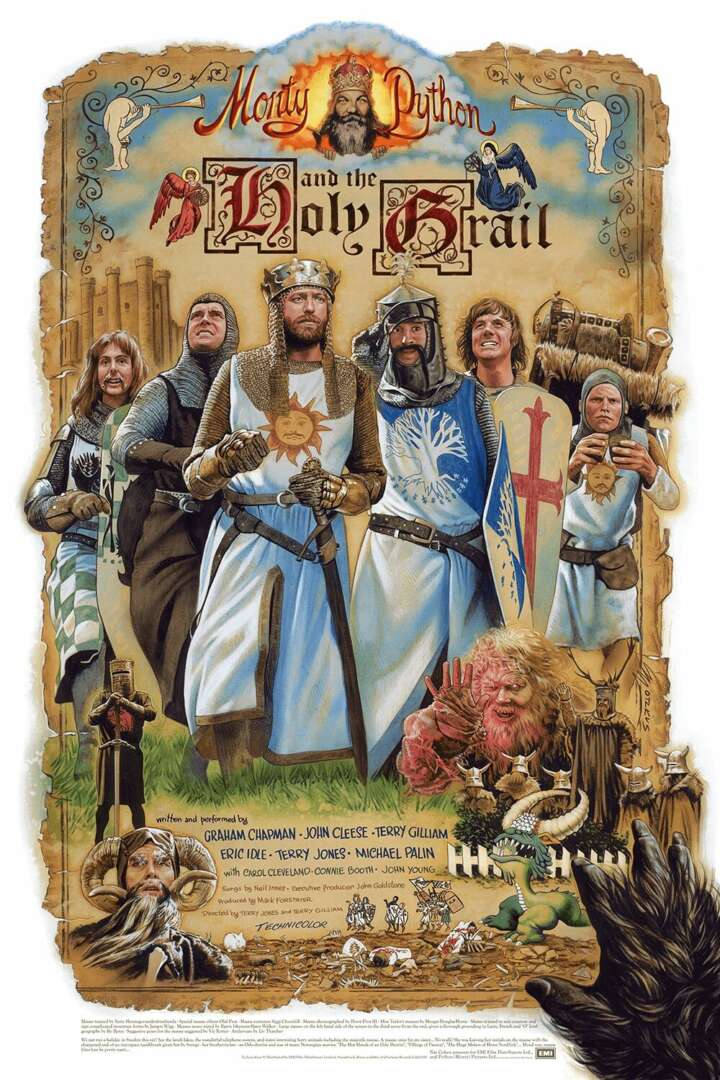
What do you think is the goal or mission that drives your creative journey?
I have always been driven by a “growth mindset.” Making a living is important, but it can’t be the most important thing. I am energized by creating works that are better than the past. Seeking experiences can provide value to one’s life and builds character. I’m often complimented for my “talent,” and it’s true that we each have different congenital abilities, but I firmly believe that “hard work beats talent, all it takes is time. Talent must work hard.” A good friend has become a very successful businessman, but has complained about how hollow it can feel. The creative arts are about finding meaning in the human experience – and communicating thoughts, ideas and emotion can literally change lives. Whether by vocation or avocation, it is a very worthy pursuit.
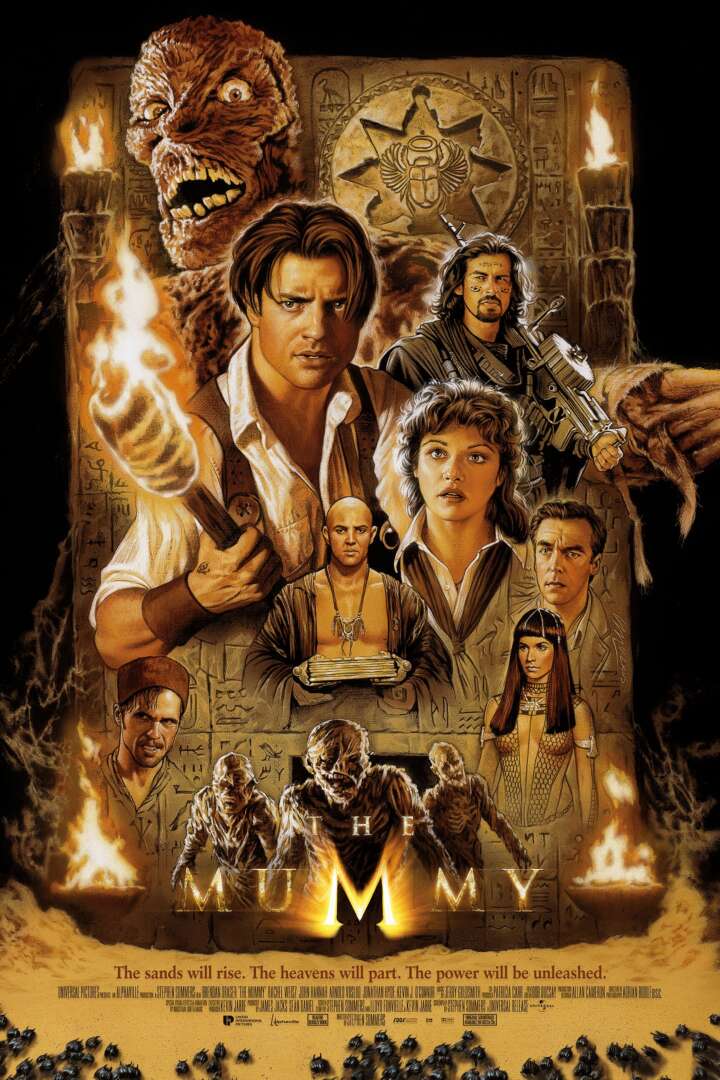
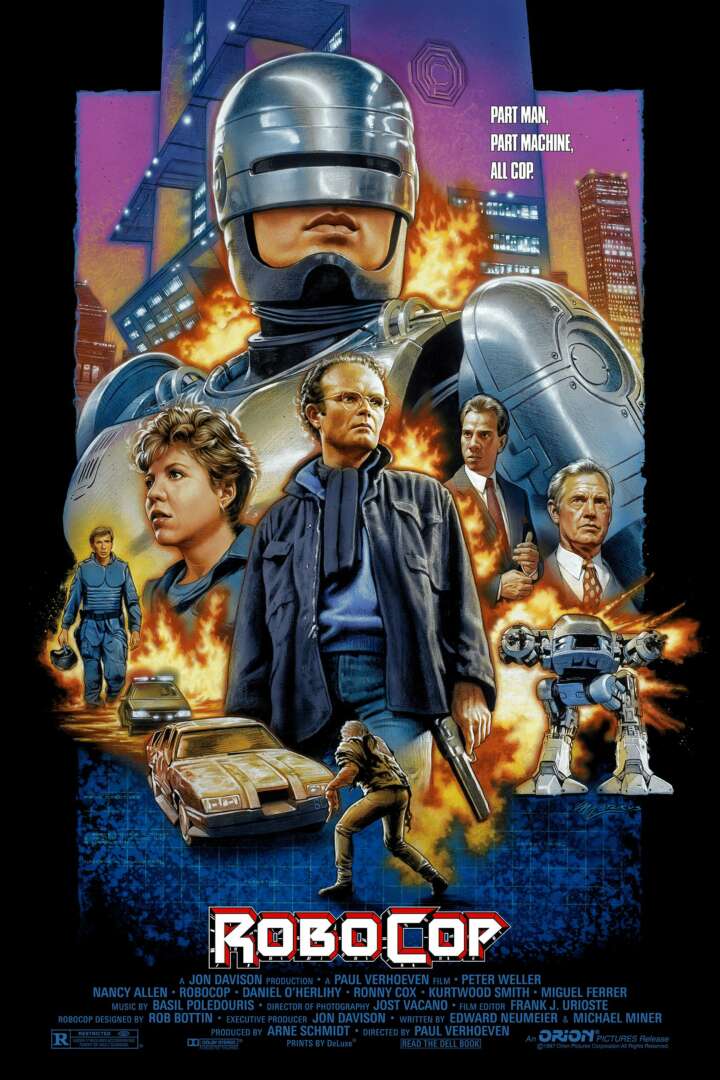
Learning and unlearning are both critical parts of growth – can you share a story of a time when you had to unlearn a lesson?
I think one of the errors we may have is the belief that things will always stay the same. I remember well when keyboard synthesizers could mimic most any sound. There was much conversation about how synthesizers could replace symphonies, orchestras and stringed instruments. That didn’t happen. When digital art became all the rage, many said “once there’s enough clip art on the net we won’t need you illustrators anymore.” I didn’t believe that it would happen because of what happened with music – but it did. The illustrator’s markets were decimated. Had my work not been so flexible I would have had to find other work much sooner than I did. I know many illustrators that had to get out of art and could make more money doing other things. It was a very hard time.
Digital tools were nowhere near what I could do traditionally, and I liked the look of traditional much better, but in hindsight I deeply regret not embracing digital sooner as a tool. What I learned from seeing it manifest in so many areas that once a thing is new it’s used for its own sake. But, given time, digital became “just another tool” in art creation. Consumers or art do become more sophisticated. What is popular has about a 10-year run, and as artists one must adapt and change to stay relevant. Many can’t do this, particularly if one is a “one trick pony” that relies on a style or technique rather than 1) the foundation of art principles, and 2) the ability to come up with new ideas.
Even with AI, it is taking what’s already been done, and sometimes does a poor job. This is just another example of the same circumstance repeating. It will kill jobs, but eventually AI will become just another tool. However, this creates a human problem – we must be able to not just tell the difference but value the work of the human hand! This is what is driving some current trends, so it could be said that such things are cyclical.
It’s my experience that whatever is popular right now, it’s like a wave in the ocean. It’s on its way to the beach where the waves will meet the sand and end. As creatives, one must look out on the horizon and see or create the next waves with our work. Once can feel defeated by this, or energized to create something new. With my life’s experience I’m much, much less afraid of failure than I used to be!
Contact Info:
- Website: https://www.motzkusart.com
- Instagram: @rogermotzkus
- Facebook: @rogermotzkusart and the “Fans of Roger Motzkus” private group

